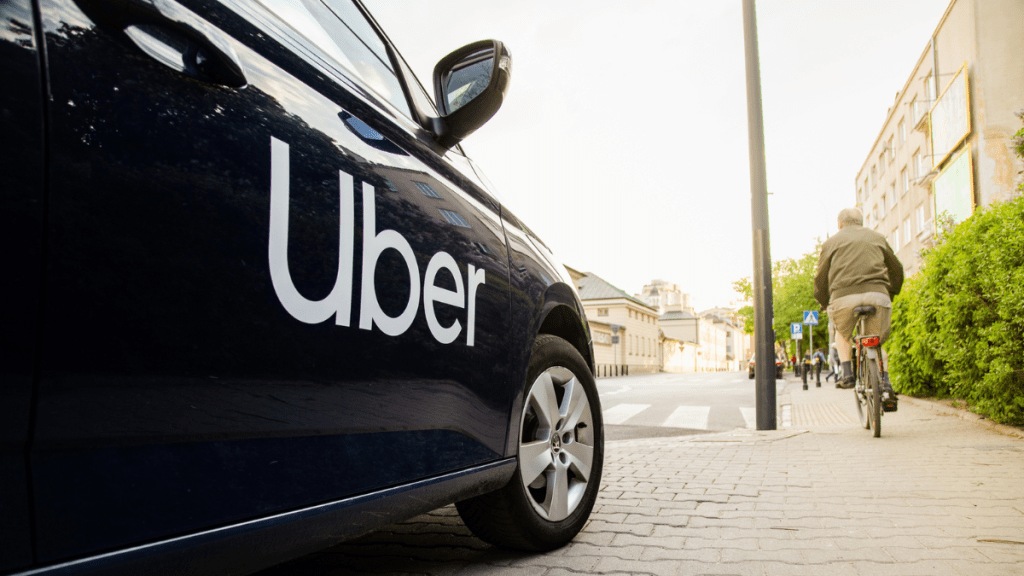Uber, on Thursday, announced the introduction of new features aimed at enhancing safety, financial access, and operational transparency for its drivers in India. The measures include helmet verification for two-wheeler drivers, a women rider preference option for female drivers, upfront tipping, and instant payment access.
Key updates include a Helmet Selfie feature requiring two-wheeler drivers to submit a selfie while wearing a helmet before starting a trip, set for a nationwide roll-out next year. Additionally, female drivers can now choose to accept only female riders, which aims at addressing safety concerns during late hours. An audio recording feature will allow drivers to record audio during trips if they feel unsafe, with recordings only accessible if submitted in a safety report.
Uber has also introduced upfront tipping, allowing riders to add a tip before the trip starts. Rivals like Juspay and Google-backed Namma Yatri, Rapido, and Ola have also introduced similar tipping mechanisms in the recent past. Meanwhile, a newly launched instant payments feature will enable Uber drivers to access earnings instantly on ride completion. Earlier, the ride-hailing giant operated on a weekly settlement mechanism. This newly introduced setup also aligns with benefits drivers have on platforms like Rapido and Namma Yatri, which operate through a marketplace model, where drivers receive payments directly from riders via UPI or cash, enabling instant access to earnings without platform mediation. Instead of a commission fee on each ride, these platforms charge drivers a subscription fee on a daily or monthly basis. However, in a recent interaction with FE, Prabhjeet Singh, president, Uber India & South Asia, had expressed apprehensions on a subscription-led model’s sustainability. “A subscription fee alone cannot sustain the business—it’s just commission under a different name. There are operational costs, including cloud infrastructure, safety measures and technology that need to be covered. A driver-paid subscription fee may not fully offset these expenses,” he had said.
Singh had also mentioned of a “perception-reality gap” among drivers regarding Uber’s commission structure. He had said that while many drivers believe Uber takes a large share, the actual commissions are generally much lower, with the majority of trips averaging under 12%, even during peak surges. He had also mentioned that in certain cases, Uber forgoes taking any commission on the ride to prioritise trip completion. To address this gap, Uber has introduced a redesigned ‘Earnings Hub’ will provide a clear breakdown of earnings, showing Uber’s commission and detailing local taxes and fees. Additionally, a new ‘Deactivation Review Center’ will allow drivers to review actions on their profiles and appeal decisions with supporting evidence.
To support India’s Code on Social Security, Uber has also announced incentives for drivers registering on the government’s e-Shram portal, which links gig and unorganised workers to social security benefits. The first 10,000 drivers who register will receive cash incentives, the ride-hailing giant said in a statement.
“We take pride in being the platform of choice for over a million drivers in India. Our north star is to be the best platform in the world for flexible work, and raise the bar further on the Uber experience,” Prabhjeet said. “The updates announced today empower drivers, enhance their safety, and offer greater convenience with more transparency in their everyday operations,” Singh added.



















